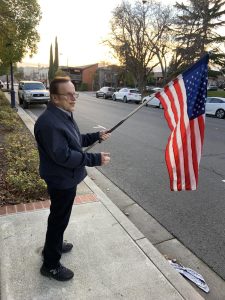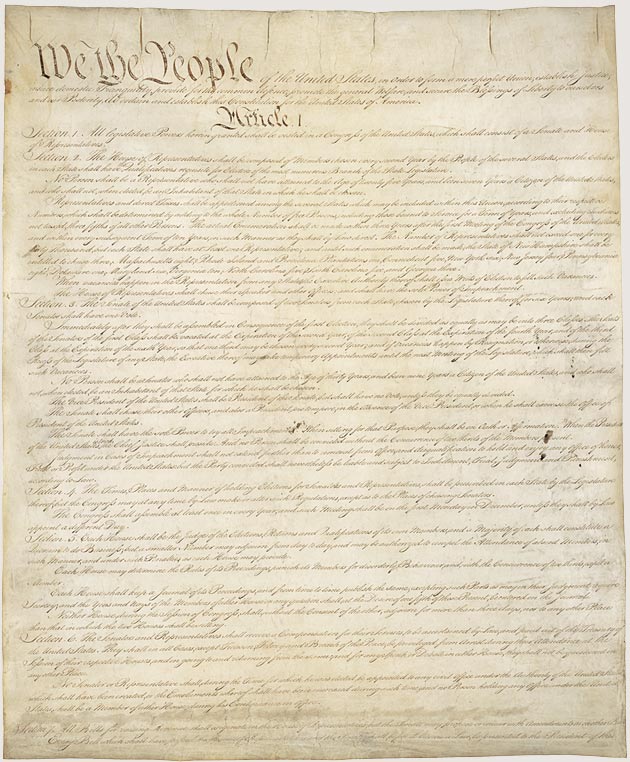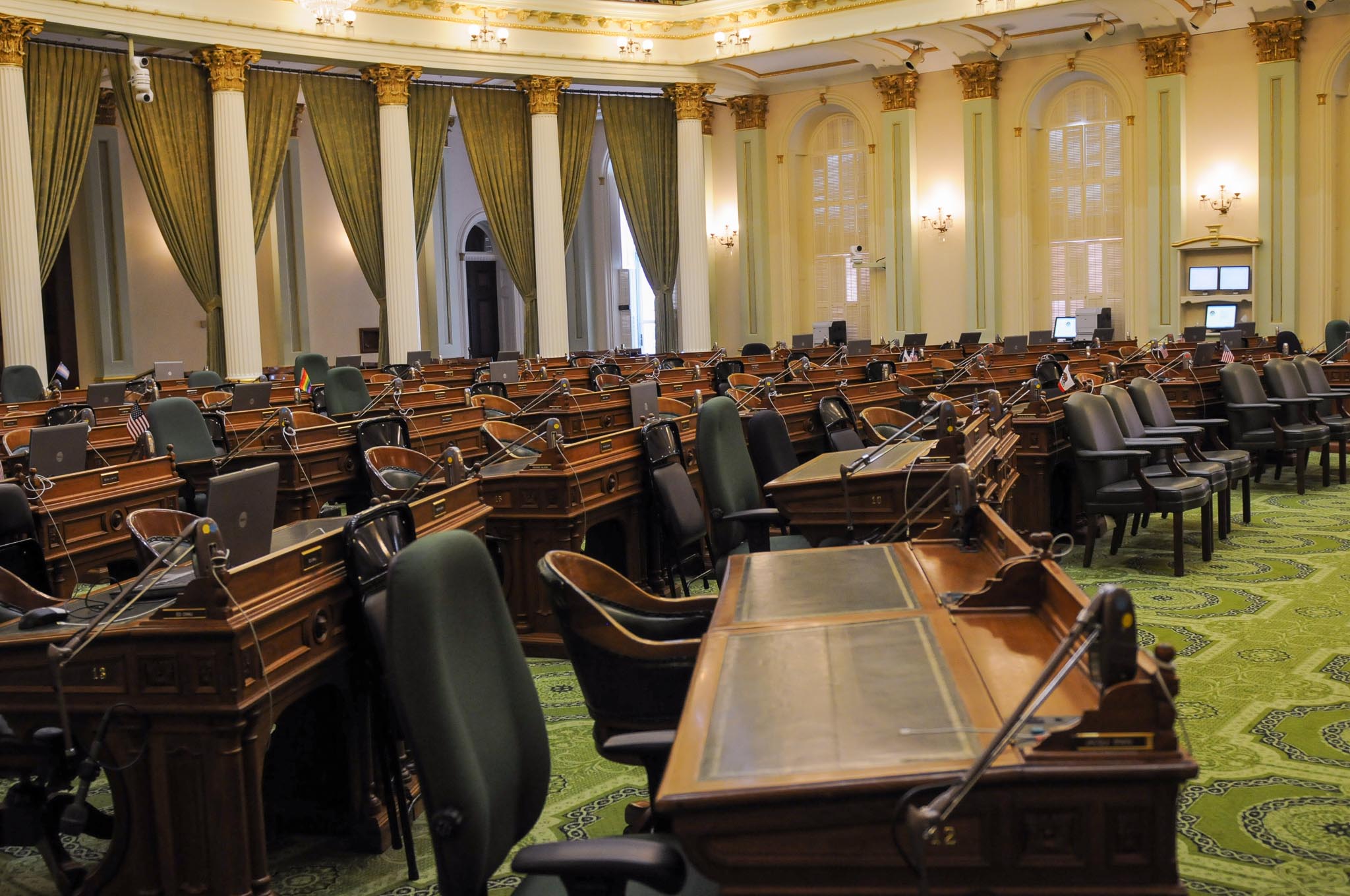
President Ronald Reagan, Remarks at the 40th Anniversary of D-Day - June 6, 1984. (Photo: reaganfoundation.org)
Flag-Waving Tribute to the Men Who Fought on D-Day
‘It was faith and belief, it was loyalty and love’
By Kevin Nelson, May 29, 2024 8:30 am
Benicia, California is a city of 28,000 located on the Carquinez Strait about an hour’s drive west of San Francisco. It is home to an oil processing refinery, a busy shipping port, and seemingly like so many other public entities these days, its city government is facing a perilous budget shortfall.

Every Thursday on First Street, the main street of Benicia, a quintessentially small town event occurs: an 83-year-old retiree named Jim Phelan stands in front of the Veterans Hall and waves an American flag. Drivers on the busy street honk their horns and give him a thumbs-up as they pass by. Kids on bicycles streaming by on the sidewalk shout “America, yeah!”
Although Phelan never served in the Armed Forces, “I’ve always been a big supporter of our country and our men and women in uniform,” as he told me.
Phelan has been showing his support for the troops this way for the past 20 years. Every Thursday during that span, for one hour beginning at 4:30 p.m.—rain or shine, winter, spring, summer or fall—he is out there waving that flag and giving a thumbs up back to the people who give one to him. The only days he ever misses is when he and his wife go on vacation or some other event intervenes.
This coming Thursday, June 6, will be a special one for waving the flag, for it marks the 80th anniversary of D-Day, the biggest battle in human history that led to the liberation of Europe and the unconditional surrender of Hitler’s brutal German war machine. Ceremonies commemorating D-Day will be held in the American Cemetery in Normandy and other areas in that region where battles were fought. Far less attention will be paid in the country that actually did the liberating. As far as my research shows, there are no civic ceremonies planned for that day in California save perhaps for small remembrances at military cemeteries.
D-Day changed the world but that was a long time ago and the world has changed dramatically since then. One way in which it has changed is language. On the eve of D-Day in a letter that was distributed to every soldier, sailor, and airman who was to participate in the invasion, the Supreme Commander of the Allied Expeditionary Force, General Dwight D. Eisenhower, described their efforts as a “Great Crusade”—certainly a loaded term these days. And, in the final inspirational words of the letter, he writes, “Let us all beseech the blessing of Almighty God upon this great and noble undertaking.”
I am not privy to how United States military commanders inspire their troops today, but certainly our civilian political leaders of both parties tend to run and hide from such forceful declarations of faith as that.
Operation Overlord, the code name for the multinational action known today as D-Day, began precisely at 12:15 a.m. on June 6, 1944. Americans from the now-famous 101st and 82nd Airborne Divisions jumped out of planes over coastal France as British paratroopers did the same. These were “citizen soldiers,” in Stephen E. Ambrose’s phrase, from California and states all around America. One was Charles Assay, a sergeant in the 101st, who would become a linotype operator at the Placer Herald in Auburn after the war. Another was Ernest Gee of the 82nd, also a sergeant. Like Assay and every other man who fought at D-Day and in the war, all Gee was hoping—and praying—for was to be able to get the job done, go home, and restart his life. He owned a taxi cab company in San Jose in later years.
Gee’s leader in the 82nd Airborne, General Matthew Ridgway, remarked upon “how peaceful the land looked” when they were flying low in close formation over Normandy “in the pale glow of a rising moon.” In only a few hours that peaceful pastoral scene would explode into fire.
Some 12,000 planes, 20,000 vehicles, 7,000 ships, 1,500 tanks, and nearly 200,000 men formed the tip of the bloody, bloody spear that attacked dug-in, well-fortified German positions at five Normandy beaches: Sword, Juno, Gold, Utah, and Omaha. Omaha was the worst. It was the job of the Americans to take it. They did, but at a terrible cost: 2,500 dead, wounded, and missing.
In 1984, at the 40th anniversary of D-Day, President Reagan delivered one of his best speeches, a moving tribute to the men of the 2nd and 5th Ranger Battalions. He spoke at the Ranger Monument at Pointe du Hoc to a gathering of world leaders and the surviving Ranger veterans whose mission was to take out the German guns at the top of the cliffs. Under withering fire they scaled the cliffs and stopped the enemy onslaught, saving countless lives.
“These are the boys of Pointe du Hoc,” said Reagan. “These are the men who took the cliffs. These are the heroes who helped end a war.”
Total Allied casualties on D-Day numbered from 10,000 to 12,000; the figures are not known precisely. Half of them were Americans, the rest British, Canadian, Free French, and other nationalities. American losses in the 24 hours of D-Day far outnumbered those of any other nation, with 1,465 killed.
“Why? Why did you do it?” continued the former California governor. “We look at you, and somehow we know the answer. It was faith and belief, it was loyalty and love.”
The language of this divided country and state may have changed. But the concepts fought for by the Boys of Pointe du Hoc and their warrior brothers still endure: faith, belief, loyalty, and love of country. Plenty of Americans still honk their horns and give a thumbs up to Old Glory. And if you don’t believe this, just ask Jim Phelan.
- Christian Pro Athletes are Speaking Out—and Many are Californians - October 23, 2025
- The Big Green of Money Against the Farmers and Ranchers of Solano - May 31, 2024
- Flag-Waving Tribute to the Men Who Fought on D-Day - May 29, 2024




